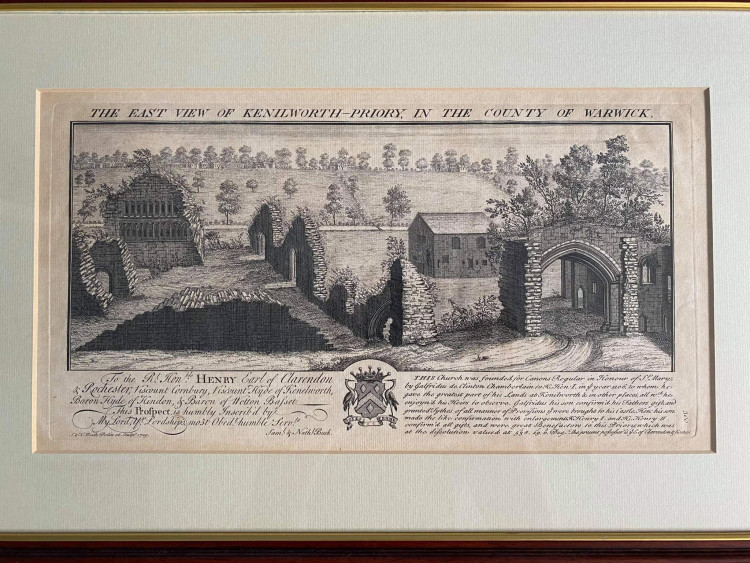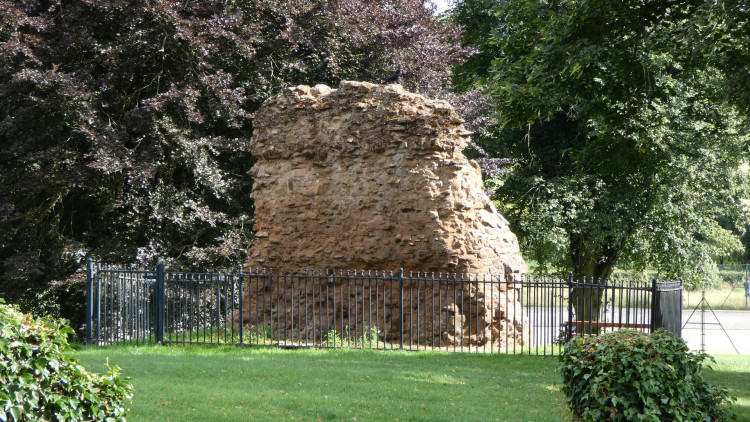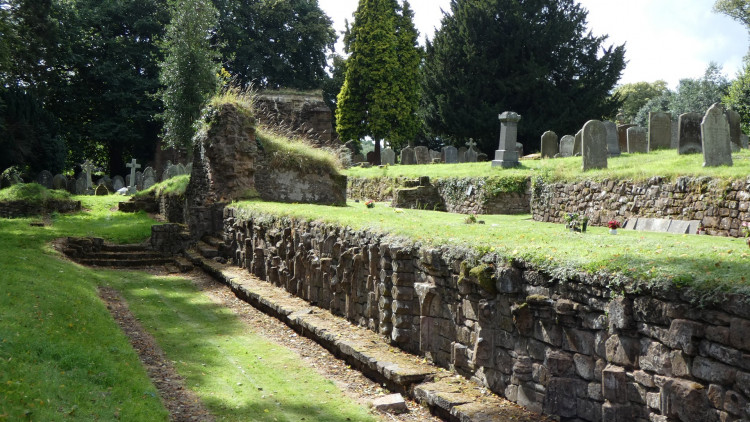Kenilworth's Abbey Museum opens for 2024 season - here's why you should visit
By George Evans-Hulme 29th Mar 2024
By George Evans-Hulme 29th Mar 2024

In the heart of our town, lie the remains of a prominent religious structure, whose occupants once played a vital role in the life of the Kenilworth community: the Augustinian Abbey of St Mary.
At a corner of the Abbey ruins, adjacent to the children's play park, stands the Kenilworth Abbey Museum.
For over 40 years, the Kenilworth History and Archaeology Society have operated the museum, which is housed inside a building that was once part of the abbey itself. Entry today is free to both residents and visitors to Kenilworth.
The museum's purpose is to provide an introduction to the story of the Abbey and Kenilworth more broadly.
Like their counterparts across the British Isles, the Canons of Kenilworth Abbey were deeply involved in the life of the community.
Beyond their spiritual duties, the canons administered aid in an age before the welfare state, they ran mills, farms and fisheries, and they were pivotal to intellectual life: making records of the past and passing on learning to others.

The museum tells their story.
More broadly, Kenilworth was the backdrop to many of the key events in English history.
Edward II was forced to abdicate his throne here, the longest siege in English medieval history happened here, and, here, Robert Dudley grandly, but unsuccessfully, courted Elizabeth I.
The displays in the Abbey Museum touch on all of these stories and many more besides (from the Bronze Age to the present day).
The history of Kenilworth is wonderfully deep and encompasses the national and the parochial. It has it all.
Beyond the museum, one can still explore the quiet remains of the Abbey of St Mary and gain a sense of the physical world in which the canons lived and breathed.
The ruins may not be as imposing as those at Tintern (which so haunted William Wordsworth) or Bolton, but it cannot be denied that they have left an impressive footprint in the Abbey Fields (which draws its name from the abbey).

In St Nicholas Churchyard, one can see the outline of the Abbey church which, inspired by the crucifix, is shaped like a cross (a design common to Christian churches).
One can also see the steps down from the church into the abbey cloisters. Outside of the church and their dormitory, the cloister is where the Canons of the abbey would have spent most of their time: reading, writing, and teaching.
Just off the cloister stands one of the more prominent ruins of the Abbey: the south wall of the Chapter House, in which instructions were cascaded and discipline dispensed. In a largely silent abbey, it was one of the few places where the Canons were permitted to speak.
The Abbey Museum provides a welcome gateway into a world, a way of life in Kenilworth which is now long gone but was once as real as we are.
What could be more fascinating than to spend an afternoon discovering it?

The Abbey Museum is located by the children's play park in Abbey Fields. It opens on Sunday 31 March and is open every Sunday and Bank Holiday Monday from 2.30pm to 4.30pm until late September. Entry is free, but any donations are gratefully accepted.
The Kenilworth History and Archaeology Society meets throughout the year and organises talks on the history of Kenilworth and Warwickshire, and sometimes further afield, as well as visits to local historic sites. To find out more about the programme of events, please go to the website.
Author biography: George Evans-Hulme is an Associate Fellow of the Royal Historical Society and a member of the Kenilworth History and Archaeology Society.
CHECK OUT OUR Jobs Section HERE!
kenilworth vacancies updated hourly!
Click here to see more: kenilworth jobs
Share:



























